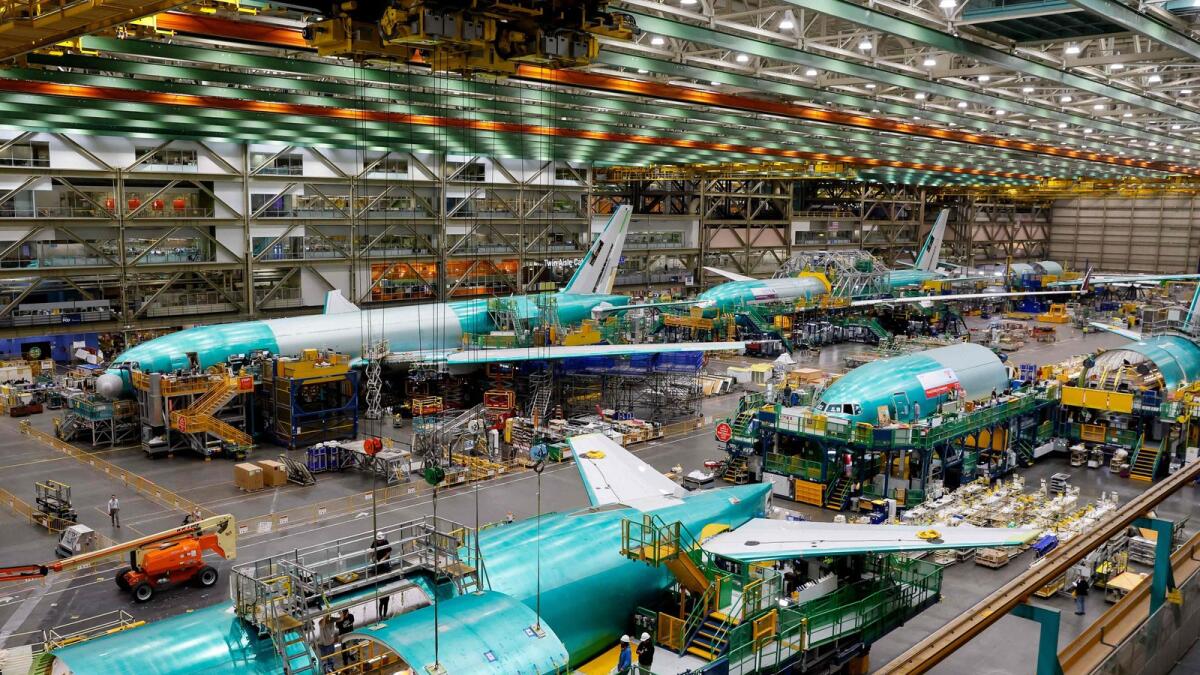In July, new orders for key U.S.-manufactured capital goods unexpectedly fell, signaling a loss of momentum in business spending on equipment that extended into the early part of the third quarter. The report from the Commerce Department indicated that the manufacturing sector continued to struggle amid higher interest rates, with long-lasting manufactured goods orders rebounding mainly due to aircraft orders. However, the pace of growth in business equipment investment is still expected to sustain the economic expansion.
The decline in non-defense capital goods orders excluding aircraft, which are closely watched as a proxy for business spending plans, was a slight 0.1% last month after a downwardly revised 0.5% increase in June. Economists had predicted these core capital goods orders to be unchanged after a 0.9% jump in June, but they rose 0.5% year-on-year in July. Machinery orders remained unchanged while orders for computers, electronic products, and other sectors saw a decline.
Shipments of core capital goods fell 0.4% following an unchanged performance in June, while non-defense capital goods orders posted a significant rebound. Business investment in equipment performed well in the second quarter, contributing to the economy’s growth pace. However, with some economists expressing concerns over potential contraction in business spending on equipment, overall GDP growth for the third quarter is estimated to reach 1.8%.
The U.S. central bank has maintained its benchmark overnight interest rate for over a year, but Fed Chair Jerome Powell recently signaled possible rate cuts amid labor market concerns. Financial markets anticipate the start of an easing cycle next month with a rate reduction. Analysts suggest that a rebound in capital expenditures may follow as interest rates decrease, but it might take time for the effects to reach the real economy.
Orders for durable goods saw a significant increase in July, with a surge of 9.9%. The boost came mainly from transportation orders, including a jump in defense aircraft orders. However, the Census Bureau did not provide a month-to-month percent change in civilian aircraft orders due to negative values in the denominator. Despite cancellations rising for Boeing, aircraft net orders rebounded in July as buyers made up for lost time at airshows.
In conclusion, the economic landscape for business equipment investment and manufacturing sector orders is mixed, with some signs of positive growth and potential challenges ahead. The effects of interest rate cuts by the Fed and the impact of global events on aircraft orders will continue to influence the overall economic outlook. It is essential for policymakers and businesses to monitor these trends closely and adapt strategies accordingly to navigate the evolving business environment.











